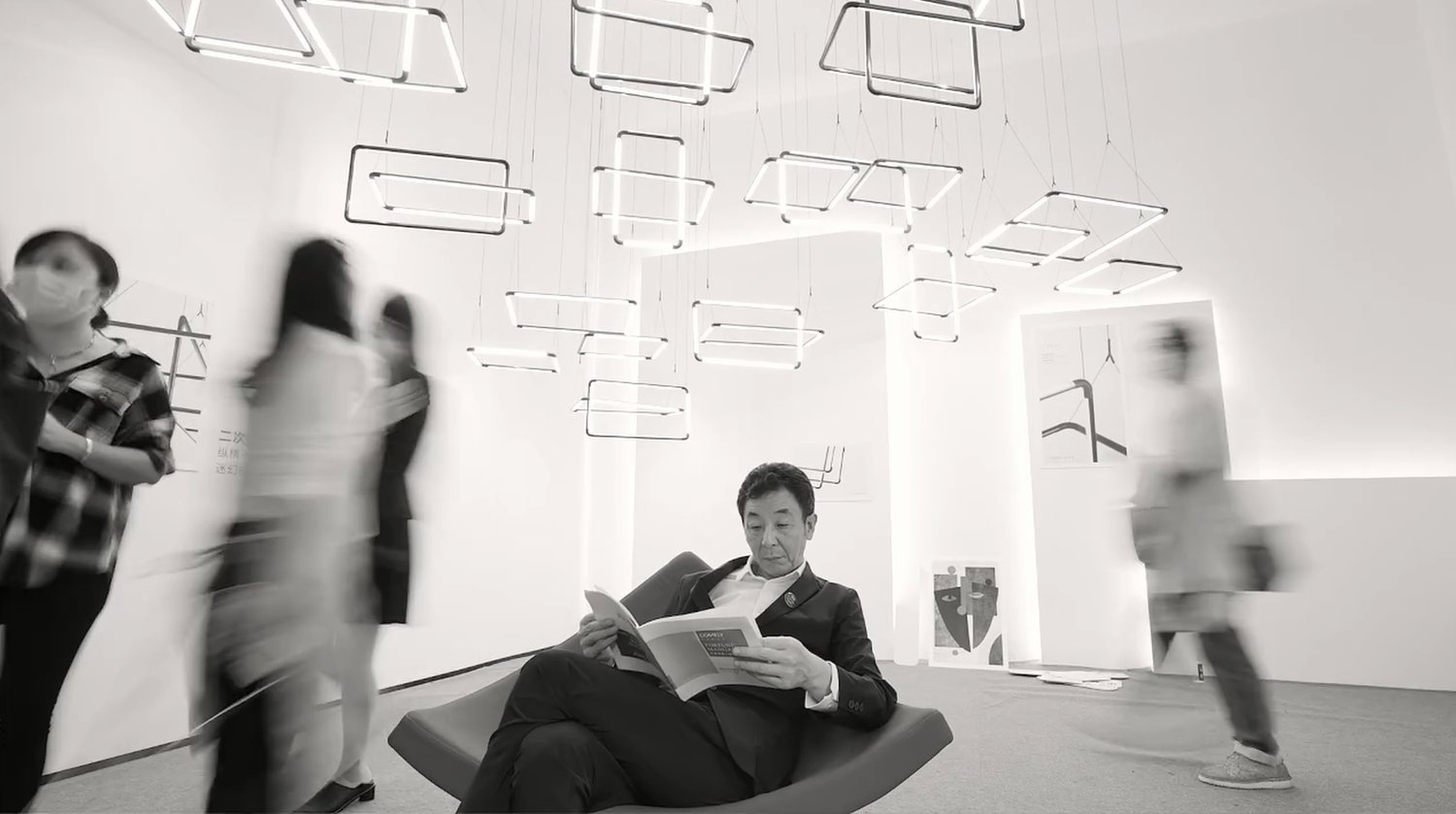The great thing about lamps is that as long as they work, they can stand the test of time. One reason is that replaceable bulbs and lampshades, almost never go out of style. When you need an easy, affordable lighting solution, think about upgrading your existing lamp shade, or finding one used and upgrading its features.
The fun part is choosing a lamp shade that matches your taste. Because lamp shades come in all shapes, sizes, styles, colors, materials, and textures, picking the right one can be a bit of a challenge. There’s a lot more that goes into lampshades than you might think at first. So we put this guide together to help you through the process. Once you understand the basics, choosing shades can be an enormously creative, rewarding process.
A lamp shade for every corner of the house
Choosing a lampshade is all about style. Think about the broader goal of your room. Do you have a minimalist taste? Traditional? Eclectic? There is no right answer, but your lampshade should serve as an extension of your personality. At times this will mean keeping it simple and understated, to create a clean aesthetic or emphasize different accessories; other times it will mean making a decadent, bold statement where the shade commands attention and becomes a focal point of the room.
Because the effects of a lampshade can be so dramatic and divergent, determining the function and placement of your fixture is the first order of business. Begin by asking these questions:
- There are four types of lighting to consider—decorative, accent, task, and ambient. Understanding your purpose will determine if the shade needs to be broad and translucent (task and ambient) or colorful and opaque (decorative and accent).
- If the lamp is being used for task light, how many people will be using it at once? The answer will determine how broad the bottom of the shade needs to be (the greater the audience, the wider the shade).
- Where will the lamp be placed? Generally, the lower the placement of the lamp (e.g. on an end table), the shorter the shade can be; the higher the placement (e.g. on an upper shelf), the longer the shade must be because otherwise the bulb and assembly will be in view.
“Never let the hardware show at eye-level.” Mixing and matching styles, shapes, and colors are all acceptable, but if the shade is too short—especially if the lamp is placed on a mantle or higher surface—then the hardware will show, and that’s definitely a fashion faux pas.
The 4 designer rules of lamp shade selection
- The more light you need, the more transparent the material and the larger the shade.
- The higher the wattage, the larger the shade.
- Never let hardware show at eye level.
- The shade you like is always the right one.
Can never be too safe, even with lamp shades
Don’t laugh, but a major yet often overlooked aspect of lamp shade selection is safety—specifically, heat generation in relation to the shade size. Higher wattage bulbs generate greater amounts of heat and require more ventilation, which means larger or wider shades must be used.
Put simply, the higher the wattage, the larger the shade.
The crucial information you need to obtain in order to determine if the shade is large enough for the bulb strength you are going to use is the “critical radius” or measurement taken from the middle of the light bulb to the inside edge of the lamp shade (see diagram). For example, for a 60-watt bulb, there must be at least 2-7/8″ of space between the filament and the inside edge of the lamp shade in order to operate safely.

